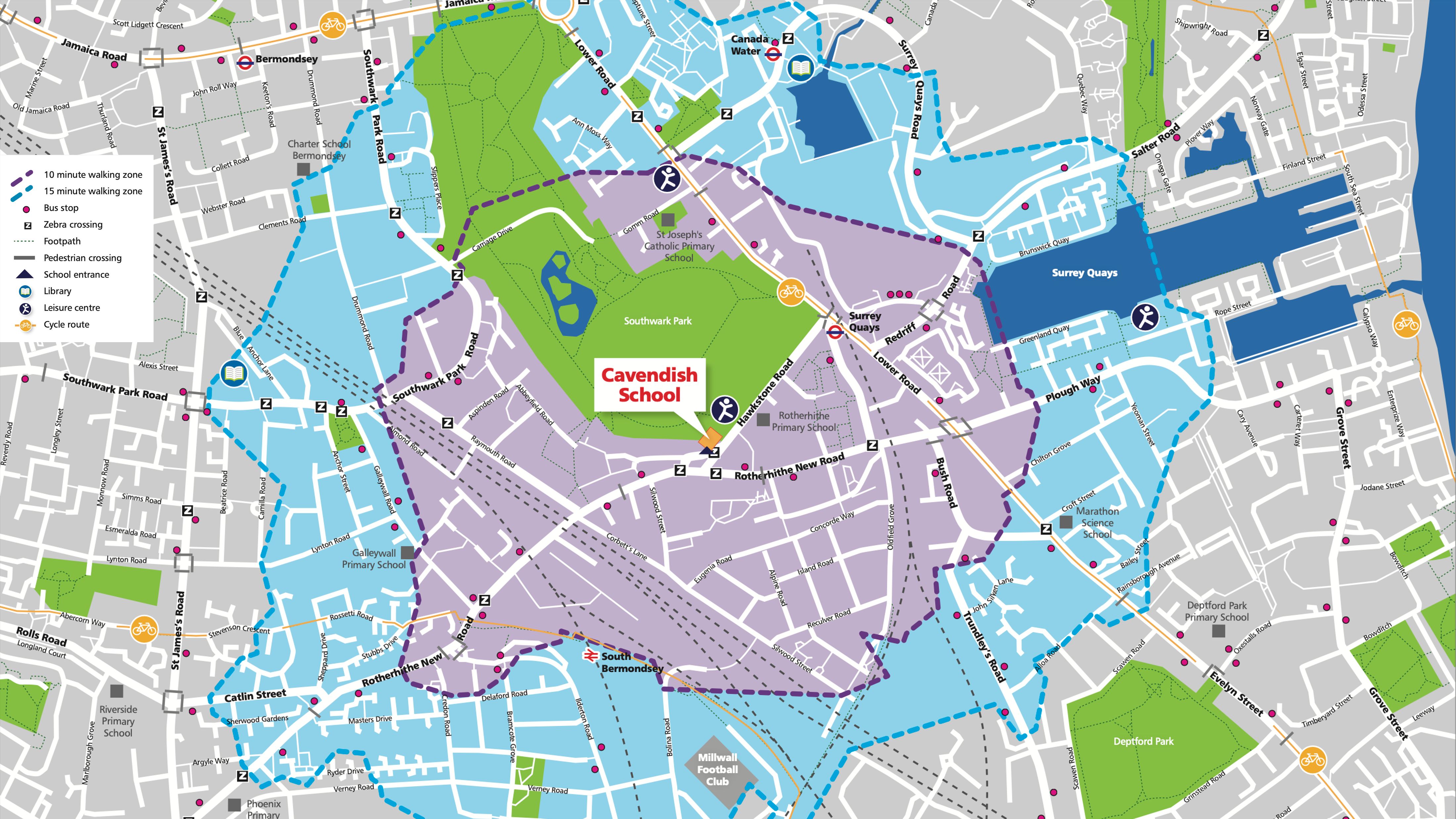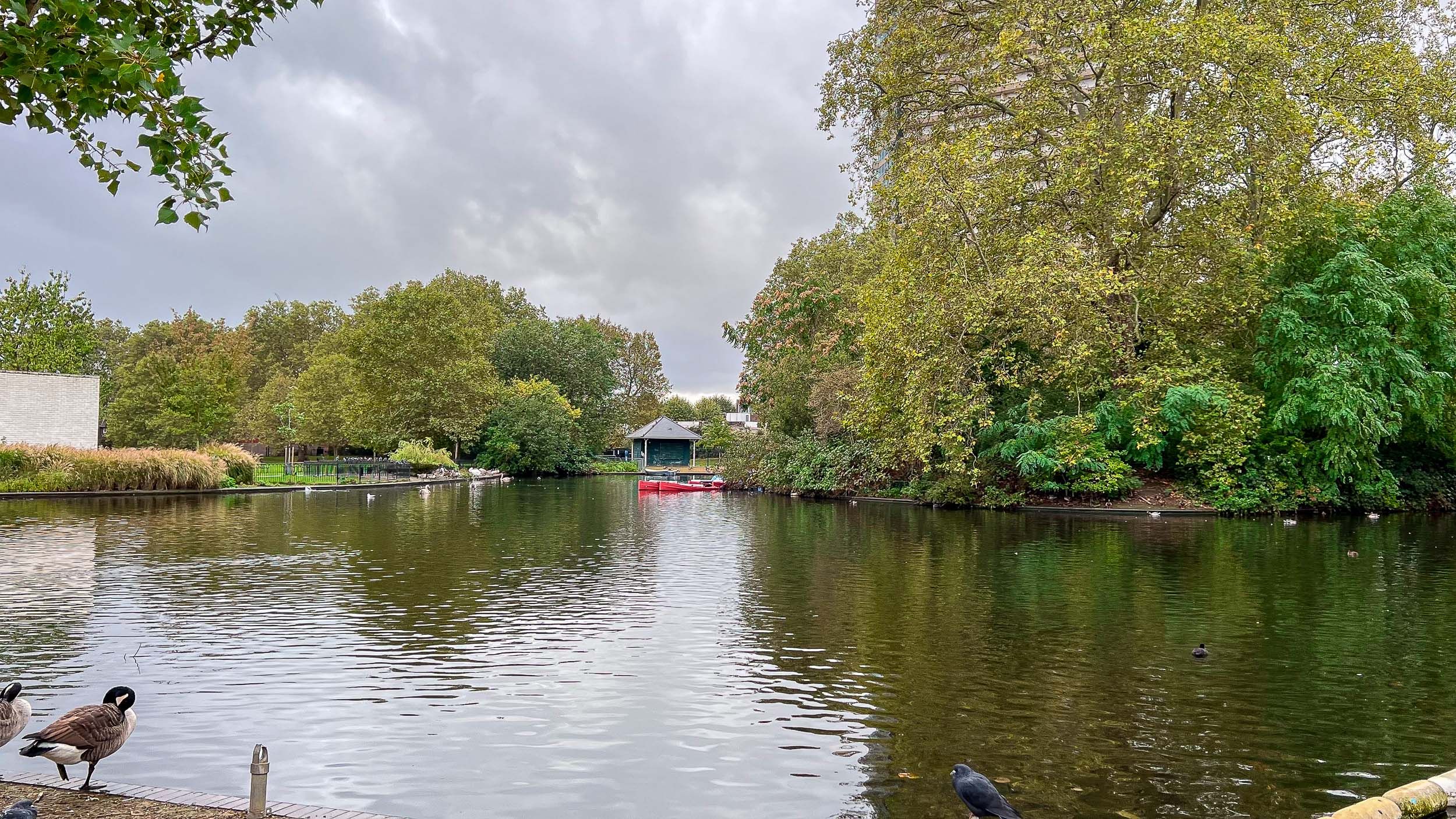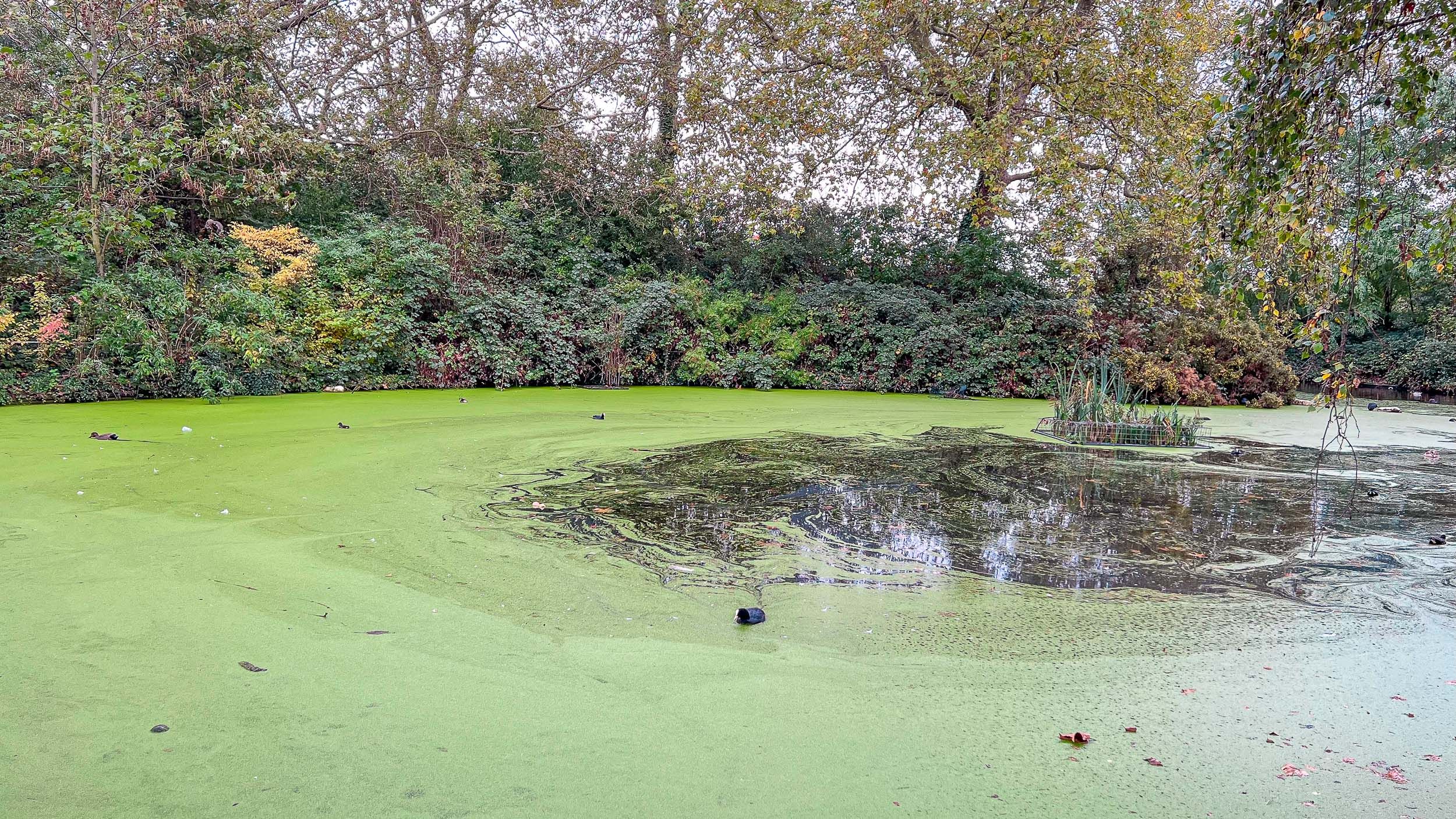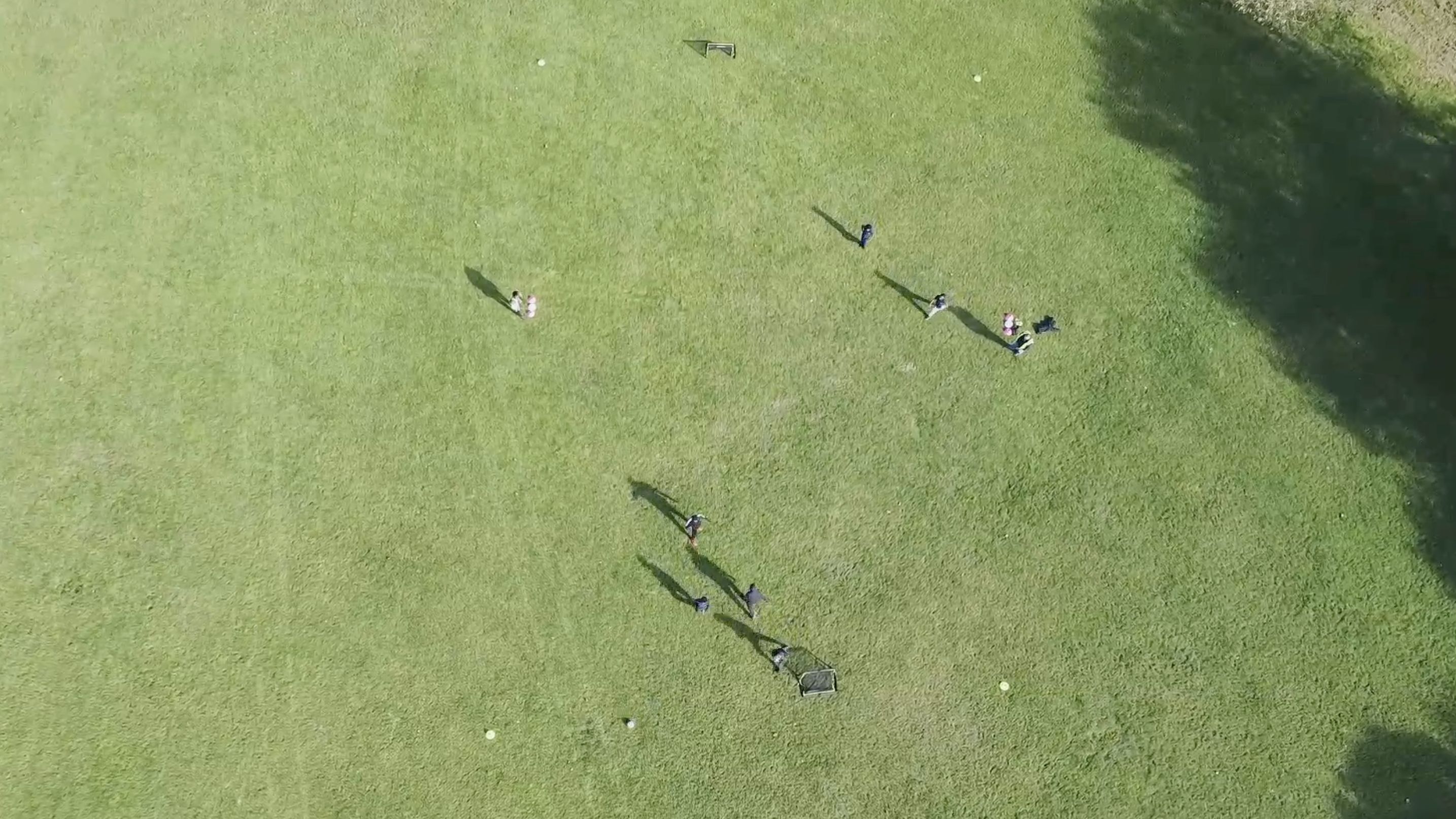Lady Gomm House

This magnificent building was constructed in 1885.
We have researched it's history and come up with the following information.
THE HISTORY OF LADY GOMM HOUSE - SERVING THE LOCAL COMMUNITY SINCE 1885
Lady Elizabeth Ann Gomm (1807-1877) was the widow of Field Marshal Sir William Maynard Gomm (1784-1875). She survived her husband by only two years, dying in November 1877. She bequeathed the Manor of Rotherhithe to her niece, Emily Blanche Carr, and also funded by her will Sir William and Lady Gomm's Charity, which provided for pensioners in the ecclesiastical districts of St Mary, St Barnabas and Christ Church in Rotherhithe. She also bequeathed a sum of money for the benefit of the parish, and in 1883 her Trustees decided to use this to build a hospital in her memory.
On the 1st July 1884, the foundation stone was laid of what was to be known as The Mission House and Accident Hospital, erected in memory of Lady Gomm. You can still see the foundation stone in the backyard of the building.
The building of the hospital was the work of the Vicar of All Saints, Reverend Christopher Twaddle and the nursing nuns of the Church Extension Association known as the Kilburn Sisters or Sisters of the Church. The hospital was built because the small rented premises they had in Deptford Road were quite inadequate for the growing number of injuries among workmen in the nearby docks and timber yards. Lady Gomm House was the only hospital facility between the Miller at Greenwich and Guys at London Bridge. The building became known as The Lady Gomm Cottage Hospital and Mission House.
The Lady Gomm Memorial Mission House and Accident Hospital opened in 1885 for the benefit of the sick and poor of Rotherhithe. It was managed by the Anglican community of the Sisters of the Church, who also visited patients in their own homes. The Sisters conducted Sunday Schools for the children and prepared them for Confirmation. The Hospital also had a dispensary for the treatment of out-patients.
In 1936, its Jubilee year, the management committee reported people still attending the hospital from as far afield as Dulwich, Haggerston and Bexleyheath.
In 1938 the Princess Marie Louise of Schleswig-Holstein Club Settlement, one of the earliest Settlements in London, was forced to close. The residents, shocked by this, formed a committee from which the Bede House Association developed.
During the war years, Lady Gomm House suffered bomb damage in the Blitz. Although the building remained structurally sound, the Hospital nonetheless closed.
On 8th February 1946, Bede House, which itself had been badly damaged by doodlebugs, accepted Mr M C Carr-Gomm’s offer of a 99-year lease at a peppercorn rent of £5 p.a. for the first 20 years and £50 p.a. thereafter. Grants from the Ministry of Education, the Lord Mayor’s Air Raid Distress Fund and the War Damage Compensation Board enabled Lady Gomm House to be re-equipped as a youth club. Bede House Association put Lady Gomm House back into service on 9th December 1948. The Right Honourable Lord Mayor of London Alderman Sir George Aylwen opened it and there was a dedication by the Right Reverend Lord Bishop of Southwark. The youth club had various age-related groups, including the Seniors (15-18). They were soon joined at Lady Gomm by members of the Queen's Club in Rotherhithe, which had to close, and then formed itself into a self-governing social club run by the Dock Workers Club and called the “Veterans”. Later there was also a club for people with physical disabilities. Religious services were held by all the clubs in the chapel on the first floor.
In 1971 Lady Gomm House was compulsorily purchased from Bede House by Southwark Council and re-opened as a Social Services Area Office, Area 3. As an Area Office, it offered a generic social work service to the local community. Staff were very involved in family work and helping young offenders. In 1992 Lady Gomm House was closed owing to the restructuring of Social Services and the premises remained empty for three years.
On 16th February 1995, the West Southwark Mental Health Team moved into the building and a resource centre was opened in October 1995. In June 1996 the Open Door day centre moved to Lady Gomm House where they remained until new premises were finally ready for occupation in Jamaica Road.
The Day Centre moved in December 2004 and the building was immediately taken over by Cavendish School in January 2005.
In April 2005 the building was put up for sale by Southwark Council. In March 2006 the sale was completed and Cavendish School became the new owners of Lady Gomm House.
About us














































